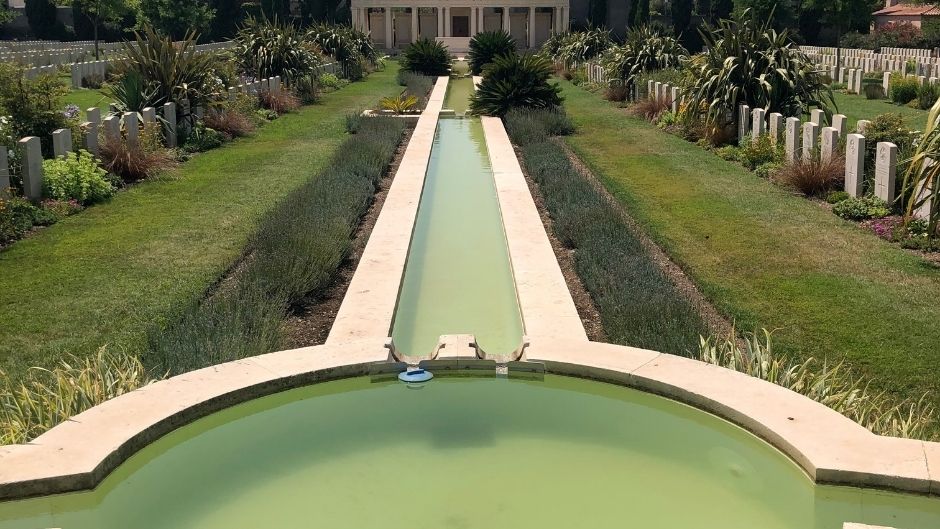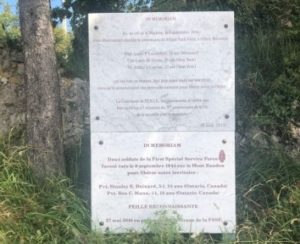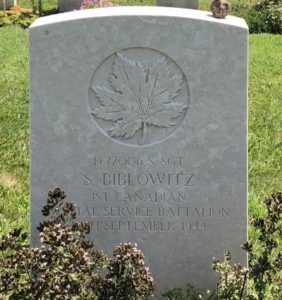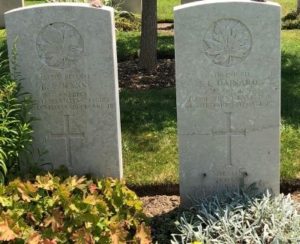
Three Canadians
At a bit over 900 metres above the blue and turquoise waters of the famed French Riviera, the Col de la Madone, a narrow twisting mountain pass road, beckons professional and not so professional cyclists alike. It is where now disgraced Lance Armstrong trained and gauged his readiness for the Tour de France. This past summer, I happened upon three cyclists bedecked in the kit of teams competing in this year’s TDF. Taking one look at them, I am pretty sure they did not buy the kit on line! And no, they did not ask me to join them.
My wife and I had driven to Nice from Marseille to visit her mom. As I often do, I brought my bike and I went for a ride. I left Nice and climbed the Col D’Eze up to and past the small town of La Turbie. The Col D’Eze featured prominently in this year’s TDF. The views of the ancient town of Eze and the sea beyond are of course spectacular.
From La Turbie, and after filling up water bidons at the town fountain, I headed further away from the sea in the direction of an even higher and smaller town, Peille. Before reaching Peille though, I turned to the right and headed up the Col de la Madone.
This though is really not about cycling in France. There are endless books and articles and websites that describe the Col de la Madone and other climbs in minute detail. This is about what I found at the top of the Col, which is in my view, far more meaningful.
To the left as I approached, I noticed two engraved stone plaques. One plaque was in honour of three Americans who lost their lives on this Col on September 6, 1944. The other plaque was in honour of two Canadians from Ontario who also lost their lives that same day; Private Stanley E. Dainard (24) and Private Rexford (Rex) C. Mann (19).



There is something that moved me looking at the two names of these far too young Canadians as sky began to grey with approaching cloud. Here I was, a world away from Ontario staring at the names of two brave and (to me) unknown Canadian soldiers and heroes. I could not get them out of mind.
Upon returning to the hotel in Nice, I turned to Google to find out what I could about these two young Canadians. Pvt. Dainard was from Belleville and Pvt. Mann was from Bracebridge. I discovered that they both fought with the 1st Canadian Special Services Battalion, an elite American-Canadian commando unit under command of the United States Fifth Army. They were known by a number of monikers, including the “Devil’s Brigade”. Each of them has not been forgotten at home as both are named on their local cenotaphs. Pvt. Mann died of wounds suffered the prior day and Pvt. Dainard died in battle.
I also discovered that they were both buried in the Mazargues Commonwealth War Cemetery, which I happen to know quite well. Mazargues was once its own small village and is now our neighbourhood in Marseille. The main entrance to the MCWC is on a well-known road that winds up and over a mountain, La Gineste, to the quaint port town of Cassis. This road itself hosted a stage of the TDF in 2013. The sea is about three kilometres to the west. Our home in Marseille is no more than a kilometre from the MCWC and I make a point of taking our Canadian guests to see it. It is, a special place and is kept in immaculate condition. It is the final resting place for over 1700 war dead (including nurses and merchant mariners) who served in both world wars, including 43 Canadians.
I had in prior years searched out the headstone of a third Canadian soldier also buried in the MCWC, Staff Sargant Solomon Biblowitz. S. Sgt. Biblowitz was born in New York and moved to Montreal to enlist and marry. And, as it turns out, he served in the same Battalion as Pvt. Dainard and Pvt. Mann. S. Sgt Biblowitz died within days of them on September 12, 1944 at age 27 by sniper fire on the French/Italian border. I understand that on top of Mont Ours, the next ridge to the east of Col de la Madone, there is a plaque commemorating S. Sgt. Biblowitz. That will be for another bike ride.
On our return to Marseille, I went again to the MCWC. I was there alone other than for the full time Scottish keeper who is employed by the Commonwealth War Graves Commission to tend the MCWC. We had a very pleasant conversation and he gave me further history of the cemetery and of those buried there. He knew of S. Sgt Biblowitz and we walked together to find the headstones of the other two. Sadly, he said as we were walking, that the MCWC receives very few visitors.
Pvt. Dainard and Pvt Mann are buried next to one another. And in the same row, 10 headstones away, is buried S. Sgt. Biblowitz. I happened to have in Marseille with me a piece of the Canadian shield, a rock taken from Kahshe Lake in Muskoka. I broke the stone with a hammer and as is the Jewish tradition, and as I had done before with S. Sgt Biblowitz, I left a piece of Canada on the headstone of each of the three Canadians. And from around the graves of each of Pvt. Dainard and Pvt Mann, I took a bit of soil, with the intention of one day placing it by their respective Ontario cenotaphs.
We are blessed to be Canadians. And we need to remember that, not only on Canada Day, and Remembrance Day, but each and every day. As for me, September 6 and September 12 now hold further meaning and my thoughts will return to these three Canadians along with all the other Canadians resting in MCWC.
To Sgt. Biblowitz, Pvt. Dainard, and Pvt. Mann as well as to all other Canadians who have fought and died for the Country, one word; Merci. And as it is said, may your memory be a blessing to your families and to your Country.your Country.
